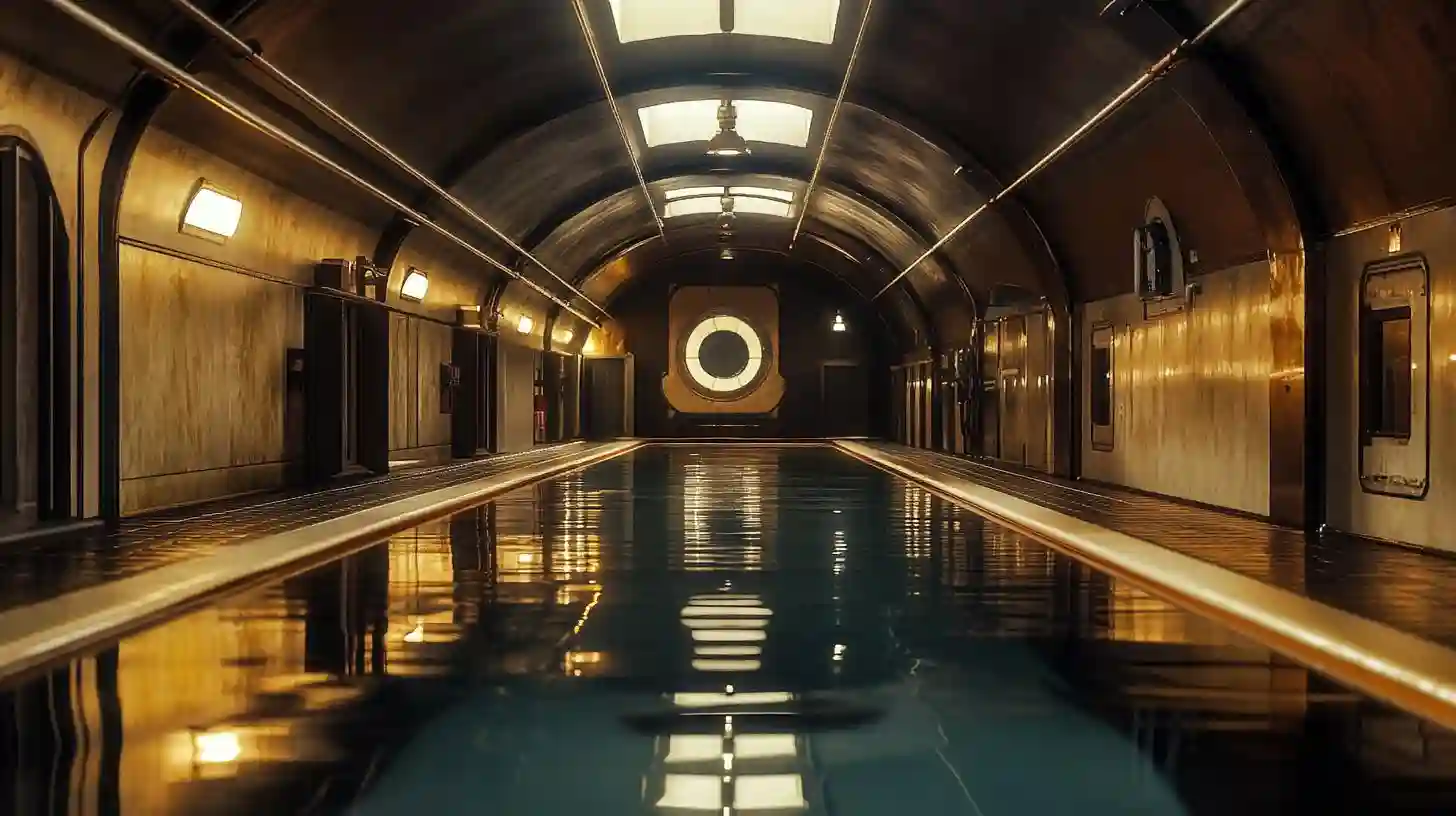
The production of Titanic, directed by James Cameron, remains one of the most ambitious and celebrated films in cinematic history. Behind the visuals and heart-wrenching story lies a collection of lesser-known anecdotes and facts that highlight the film's intricate journey from script to screen. One of the most remarkable aspects of Titanic's production was the meticulous attention to detail exercised by Cameron and his team. For instance, the film featured an extraordinary level of historical accuracy. Cameron immersed himself in extensive research about the Titanic, combing through historical documents, photographs, and accounts from survivors. His dedication was apparent, as the sets were designed to reflect the grandeur of the ship, incorporating real artifacts and evidence to create a believable and immersive environment.
The casting process for Titanic was equally fascinating. Many remember Leonardo DiCaprio and Kate Winslet as the iconic Jack and Rose, but their roles came after an exhaustive casting search. Cameron initially had different actors in mind for the lead roles, including role models like Matthew McConaughey for Jack. However, when he met DiCaprio, it became evident that he embodied the emotional depth and youthful spirit required for the character. Winslet, too, had to prove her worth after initially being perceived as too "British" for the role of Rose. During her audition, her impressive range and ability to capture the character’s complexities stunned Cameron, ultimately securing her place in film history alongside DiCaprio.
The dramatic scenes portraying the ship's tragic sinking were painstakingly crafted, and the production team used a blend of special effects and practical effects to create the harrowing visuals. Over five hundred sets were constructed, and the team utilized a massive water tank to shoot the ship's outbound journey as well as the catastrophe. In one a breathtaking scene, the ship’s bow rises and plunges dramatically into the ocean. Filming this moment required intricate engineering to achieve a balance between realism and safety. The challenges multiplied during night shoots, with actors submerged in freezing cold water, a detail that led to numerous complaints of discomfort from the cast.
For the film's stunning visuals and sound, the legendary composer James Horner crafted a hauntingly beautiful score that became synonymous with the film. The melody captures the essence of the romantic yet tragic nature of the story. Alongside the music, Celine Dion’s "My Heart Will Go On" became a global phenomenon, contributing significantly to the film's emotional impact. Dion recorded the song in a single take, which reflected the raw emotion and connection that audiences felt toward the film’s narrative. The song's success not only won multiple awards but also became an enduring symbol of the film and its themes of love and loss.
Cameron faced challenges beyond technical hurdles, including intense scrutiny over the film’s budget. With financial backers initially skeptical about the feasibility of making such an extravagant film, Cameron's unwavering vision led to an eventual $200 million budget, making Titanic one of the most expensive films of its time. The incessant discussions about budget constraints were amplified when there were long delays in production due to a damaged set after an unexpected storm. Many believed that the project would ultimately fail to deliver its grand vision, but Cameron persisted through challenges, firmly believing that his painstakingly crafted narrative would resonate with audiences.
The film premiered to critical acclaim and achieved remarkable commercial success, earning its place in popular culture. Upon release, Titanic garnered multiple accolades, including eleven Academy Awards, cementing its status as a cinematic masterpiece. Additionally, it broke box office records, becoming the highest-grossing film of all time until Avatar, another Cameron film, shattered that record years later.
Behind the scenes, the cast and crew forged lasting relationships, which only added to the film’s legacy. The bond between DiCaprio and Winslet, who met for the first time during filming, grew into a lifelong friendship, allowing them to support each other in their respective careers. Even years later, both actors speak fondly of their experience on Titanic and the camaraderie they shared. The impact of Titanic extends far beyond its epic love story and stunning visuals; it encapsulated the triumphs and tribulations of filmmaking, revealing the incredible amount of effort that contributed to creating such a timeless piece of art. Through passion, collaboration, and an uncompromising vision, Titanic became a defining moment not just for the actors and crew, but for an entire generation, leaving a profound legacy for future filmmakers and audiences. The stories behind the scenes of Titanic serve as a testament to the dedication and creativity that fuel the film industry, reminding us of the power of storytelling and its ability to resonate across time and generations.